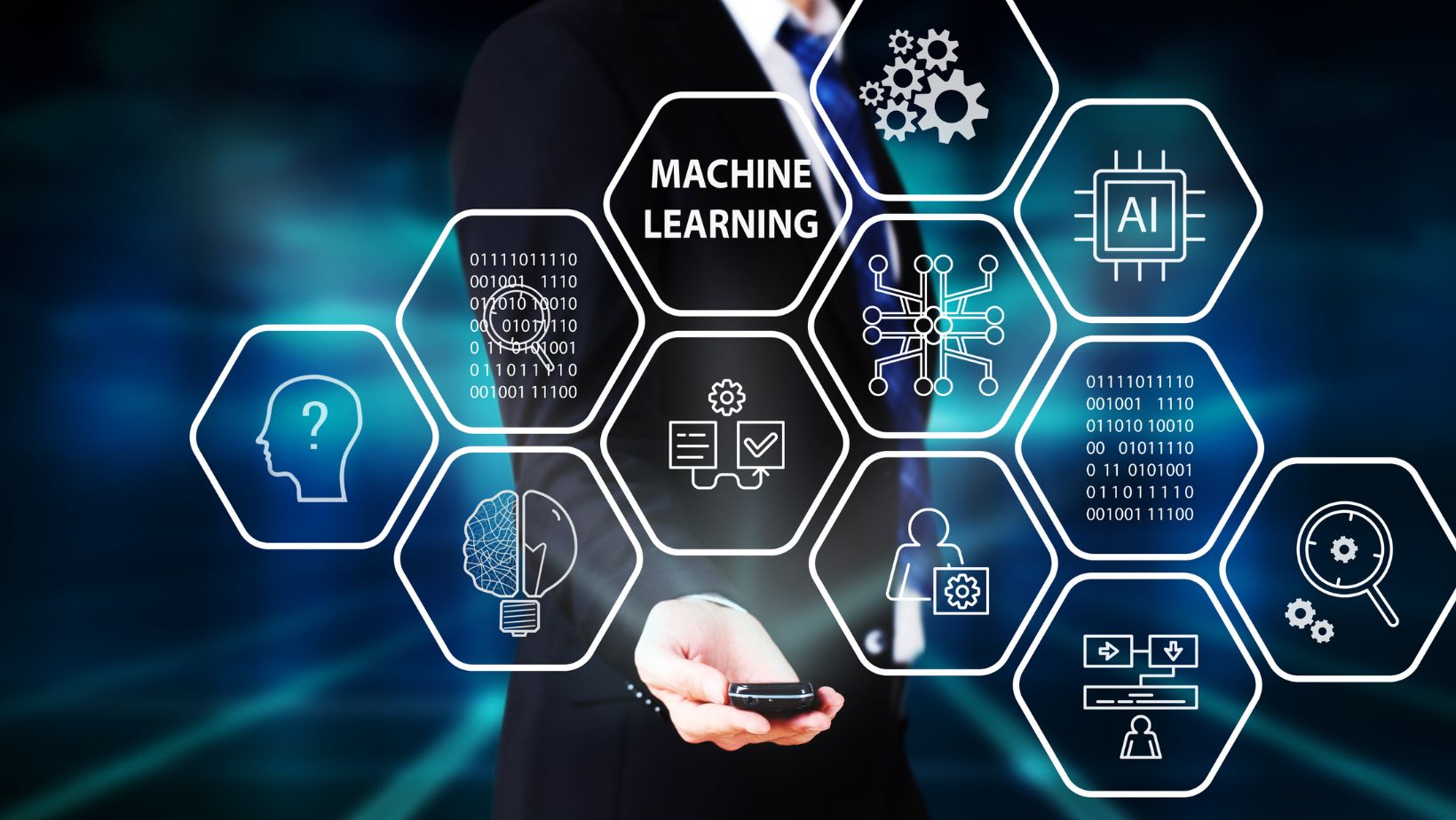
The unprecedented advances in the gaming industry defy expectations; innovation is taking place at a galloping pace. Legacy systems are scrambling to catch up, often rendering themselves redundant, especially in new-age strategy-based gaming platforms. These games sprang from humble beginnings, with rudimentary graphics and gaming options. Strategy-based games defy gravity and deliver on expectations – big time!
Nowadays, these games are all about immersive gameplay, captivating storylines, and ultra-realistic audiovisual elements. If you’re just stepping into this world, it helps to grasp the fundamentals—chess, real-time battle arenas, or classic card strategies. A great place to begin is by understanding how to play poker, a timeless strategy game that continues to influence online and AI-powered formats.
Thanks to cutting-edge tech, revolutionary design, artificial intelligence, and machine learning functionality, gaming platforms are blossoming. Now, more than ever, players are privy to fully functional, ultra-personalized gaming sessions, thanks mainly to machine learning algorithms. Indeed, machine learning and artificial intelligence go hand in hand. These integrated techniques and algorithms enhance the decision-making of computer characters in strategy-based games.
They are designed expressly for navigation, behavioral systems, human interactions, etc. Machine learning and neural networks make it possible for non-player characters (NPCs) to learn from the current gaming environment through adaptive, integrated, and real-time interactions. It’s largely thanks to AI that immersive, intelligent, and engaging gaming experiences are possible.
How do Players Benefit from Machine Learning in Strategy-Based Game Development?
The gaming landscape is being restructured before our eyes. It’s a massive industry comprising hundreds of millions of active players at any given time and billions more waiting in the wings. Thanks to AI and ML, game development benefits immensely from this new-age technology. Here are five ways that stakeholders benefit from machine learning and artificial intelligence:
· Much Smarter NPCs
The non-player characters in games are pervasive. Typically, they filled the background and didn’t interact much with players beyond practiced speech and actions. Those erstwhile models have been replaced with lifelike, hyper-realistic, and highly intelligent characters. Thanks to algorithmic learning programs, techniques, and systems, non-player characters can adapt their conduct in decision-making processes based on how players interact with them.
· Customized User Experience
It’s no coincidence that personalized strategy games are abundant across the board. Thanks to powerful algorithms and machine learning software, this comes full circle. Individual players enjoy tailored gaming interactions, including fully customized experiences, rewards, contests, and material.
· Ultra-Realistic Gaming
Players are increasingly drawn to realistic video games. Reinforcement learning, pattern learning, interpretation of action/reactions, and authentic games are sacrosanct.

This is especially true concerning strategy-based games. The net effect is lifelike gaming experiences like never before.
· Improved Game Analytics
Analytics is one of the most important components of strategy-based games, from both players’ and developers’ perspectives. Working with massive amounts of data can be overwhelming, but thanks to machine learning and AI technology, it’s much easier to interpret, understand, and analyze game analytics. This is especially useful when used to understand game outcomes, mechanics, player behavior, and preferences. Poker is a classic example.
ML and AI Applications in Gaming
|
Machine Learning Application |
Example Game/Platform |
Application Description |
|
Game Personalization |
Bandersnatch (Netflix) |
Uses ML to script personalized viewer pathways and storyline arcs based on emotional feedback and previous choices. |
|
Fraud Detection |
Analyzes in-game activity and chat logs to detect cheating, toxic behavior, or fraudulent purchase patterns. |
|
|
Procedural Content Generation |
No Man’s Sky |
Uses algorithms to procedurally generate infinite planets, ecosystems, and terrain within pre-set rules. |
|
Real-Time Language Translation |
Minecraft (Language Detection) |
Enables live translation between players in different languages using natural language processing. |
|
NPC Intelligence & Behavior |
GTA 5 |
Deep learning enhances NPC realism by learning from user interactions and adapting behaviors in-game. |
|
Player Behavior Analysis |
PUBG |
Tracks in-game player decisions, preferences, and patterns to help developers optimize design and strategy. |
|
Dynamic Game Complexity Management |
FIFA |
Analyzes player skill levels and auto-adjusts match difficulty to maintain balanced and engaging play. |
|
High-Quality Image Upscaling |
GTA 5 |
Upscales low-res textures to HD using neural networks trained on high-quality image sets. |
|
Strategic Search Optimization |
AlphaGo |
Uses Monte Carlo Tree Search and data history to improve real-time strategic decisions. |
|
Learning Through Reinforcement |
Minecraft (Malmo Platform) |
Trains agents (bots) via trial-and-error feedback to complete tasks and improve efficiency. |

Machine learning and AI aren’t just buzzwords — they’re baked into the bones of today’s gaming platforms. Every click, every decision, and every interaction is brighter, sharper, and more intuitive because of it. What started with pixelated screens and basic commands has evolved into something so much bigger. It’s not just about playing anymore; it’s about living the experience like an interactive multi-table tournament (MTT). And as the tech keeps pushing forward, one thing’s certain — we’re only just getting started.












